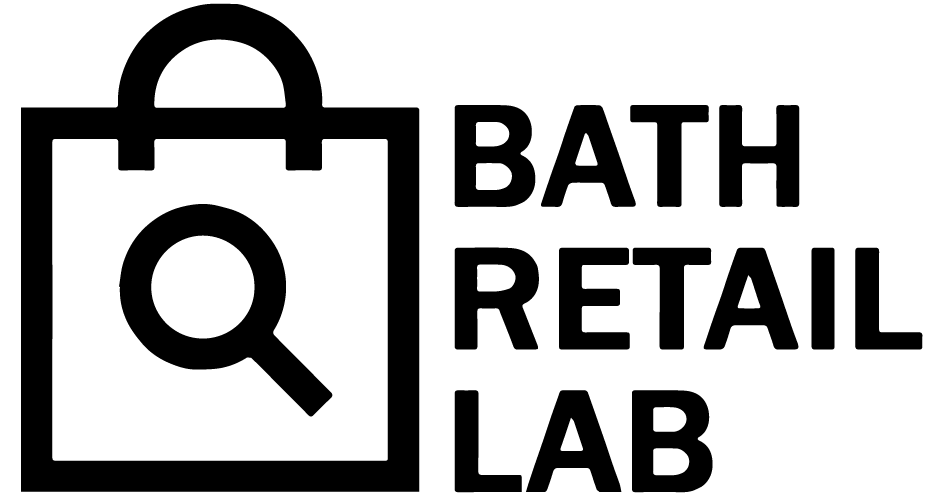Billed as Covid-safe shopping to avoid the checkout, scanning your own groceries is adding an average 12 per cent to your supermarket spend, according to research from the University of Bath School of Management. Professor Jens Nordfält tells us more.
Prof Jens Nordfält
The RCC Lab formally launched
After months of preparations, the Retailing and Contemporary Consumerism lab has been formally launched. We are excited to formalise existing networks of researchers, partners, and students within this new format. Please read more about the lab on the website!

Abstract
Anecdotal evidence is mixed regarding whether handheld scanners used in stores increase or decrease consumer sales. This article reports on three field studies, supported by eye-tracking technology and matched sales receipts, as well as two laboratory studies that show that handheld scanner use increases sales, notably through unplanned, healthier, and impulsive purchases. The findings highlight that these effects may be limited by factors such as not having a budget; for those without a budget, use of scanners can decrease sales. Building on embodied cognition and cognitive appraisal theories, the authors predict that scanners, as a bodily extension, influence sales through both cognitive (shelf attention, perceived control) and affective (number of products touched, shopping experience) mechanisms. The results offer implications for retailers considering whether to integrate scanners into their store environments.

Abstract
This research examines consumers’ general in-store mobile phone use and shopping behavior. Anecdotal evidence has suggested that mobile phone use decreases point-of- purchase sales, but the results of the current study indicate instead that it can increase purchases overall. Using eye-tracking technology in both a field study and a field experiment, matched with sales receipts and survey responses, the authors show that mobile phone use (versus nonuse) and actual mobile phone usage patterns both lead to increased purchases, because consumers divert from their conventional shopping loop, spend more time in the store, and spend more time examining products and prices on shelves. Building on attention capacity theories, this study proposes and demonstrates that the underlying mechanism for these effects is distraction. This article also provides some insights into boundary conditions of the mobile phone use effect.
